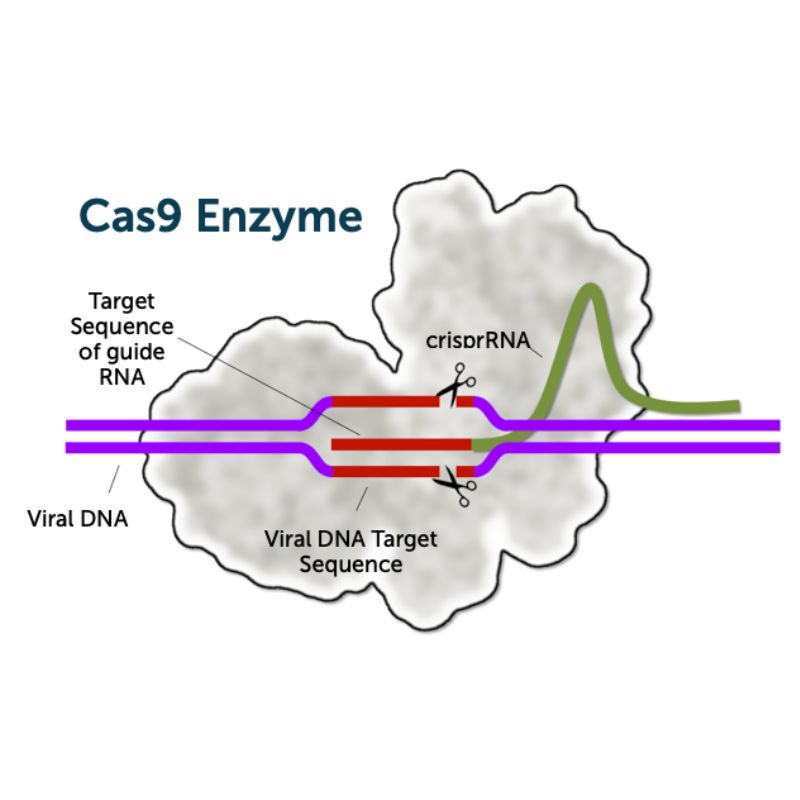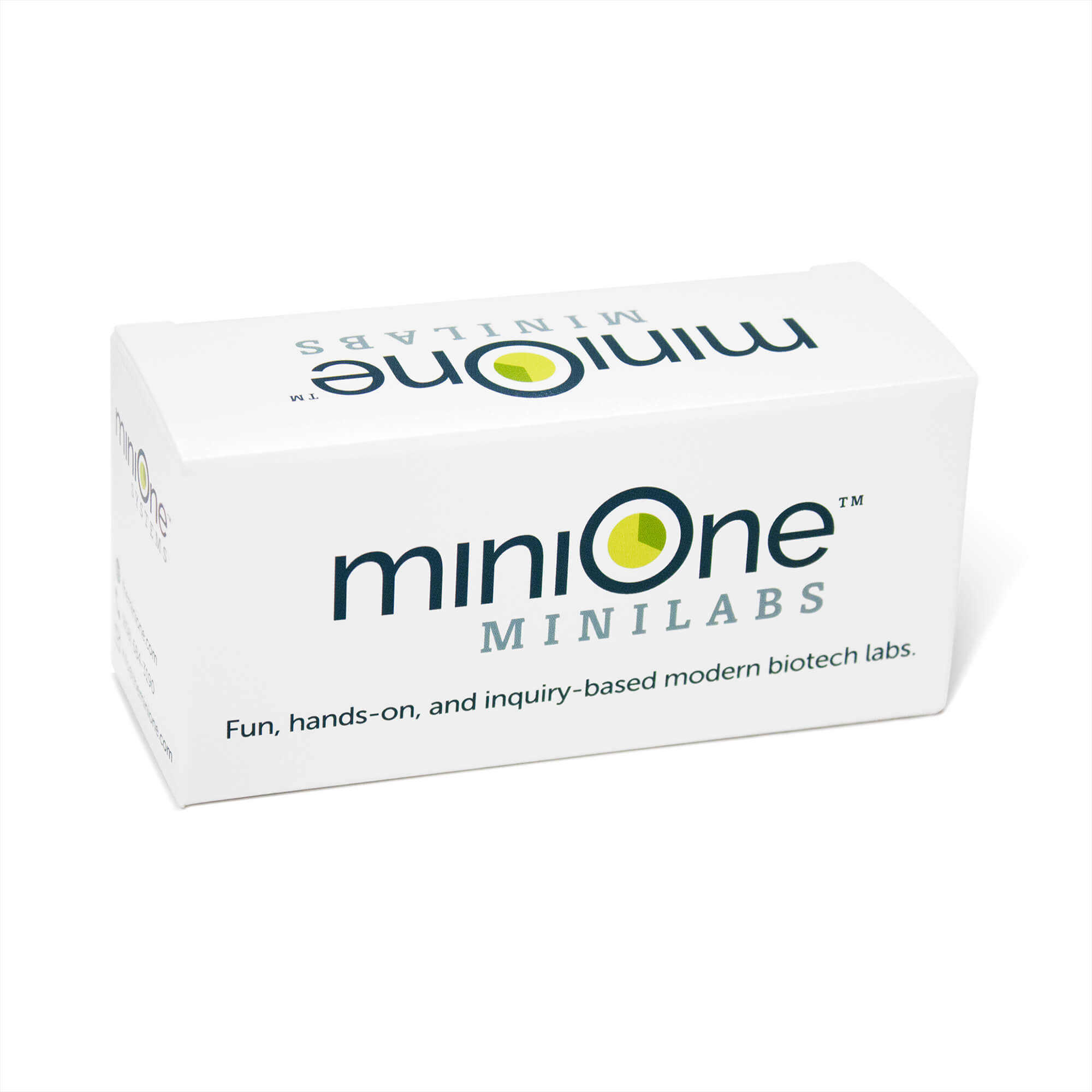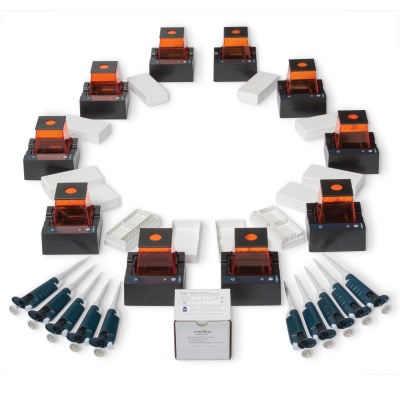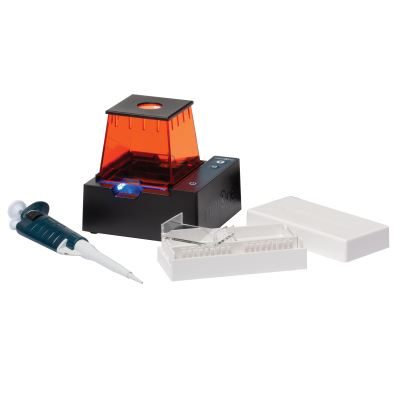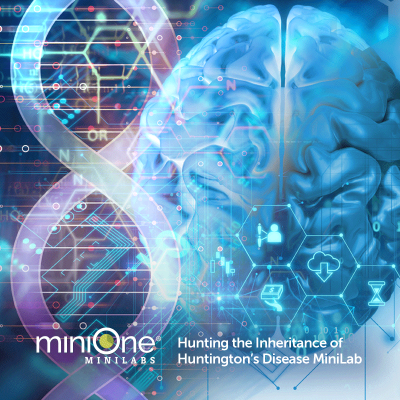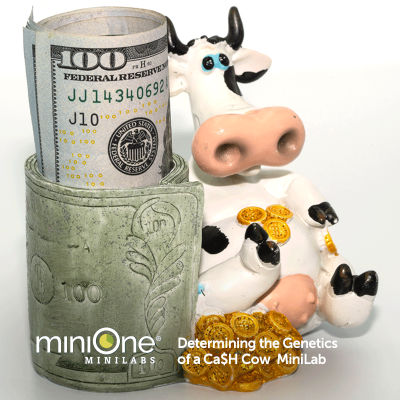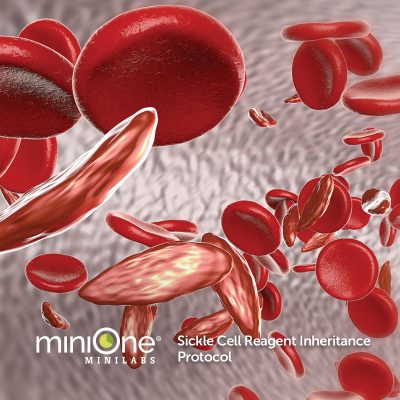Description
In this hands-on lab, students will delve into the history of CRISPR by exploring the inner workings of CRISPR-Cas9 complex in prokaryotes by designing their own synthetic guide RNA (sgRNA) and simulating the action of CRISPR-Cas9 in recognizing and cutting a DNA sequence at its complementary site using paper models. Then, students compare and contrast the DNA repair mechanisms in eukaryotes and discover how these can be harnessed, along with CRISPR-Cas9 technology, to precisely knock-out or knock-in genes of interest in eukaryotes. Finally, gel electrophoresis is used to confirm the successful CRISPR-Cas9 cleavage or insertion of a target gene sequence, similar to the work done in the Nobel Prize winning labs.
Check out the videos below for more on CRISPR!
Materials Included in each MiniLab
Each MiniLab contains enough materials for 10 workstations, 2 – 3 students per workstation.
Materials include:
- Four Ready-to-Load DNA samples
- MiniOne® Universal Marker
- Ten 1% agarose GreenGel™ GelCups
- 1 bottle of Tris-Borate-EDTA (TBE) buffer concentrate
- One bag of 0.65 mL microcentrifuge tubes
- One bag of 2 – 200 µL micropipette tips
- 10 sets of CRISPR paper models (prokaryotic and eukaryotic)

